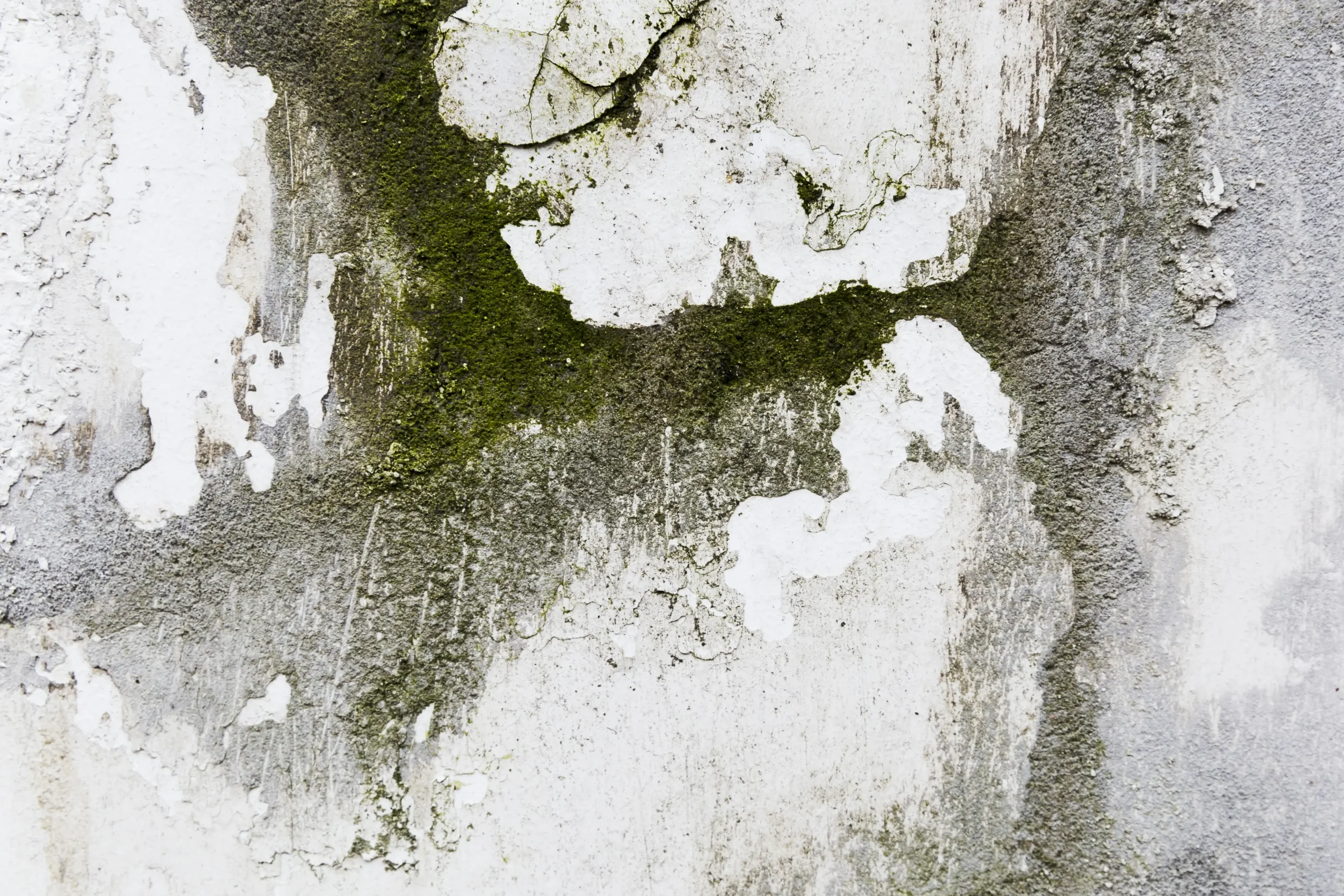How do we prevent and control condensation? Controlling condensation is something of a balancing act. Any remedial action must involve lowering of moisture levels, ensuring sufficient ventilation and the elimination of cold surfaces. We must accept that moisture production in buildings is inevitable. We all cook, breathe and shower and bathe. All of these things produce moisture. We must therefore ensure we have means to manage it.
How do we prevent condensation & mould?
Cooking with pan lids on and turning the heat down once the water is boiled will greatly reduce condensation. Only use the minimum amount of water for cooking or when filling the bath. Run the cold water first, then add the hot. It will greatly reduce the production of steam, which leads to an increase in condensation by up to 90%. Avoid drying laundry on radiators where possible. Drying. Washing out stores is much cheaper and helps reduce the build up of moisture. If you’re drying clothes inside, try to place them in a room with a working extractor fan. This will help to remove the moisture. Failing that, a dehumidifier may help in these instances, but it shouldn’t ever be considered a long term substitute for adequate ventilation. Most radiators are designed in a way to circulate heat. Placing clothes on them will inhibit the radiators ability to do this. When using a tumble dryer, make sure it’s vented to the outside of the property. Alternatively, condenser tumble dryers may help to regulate some moisture, but they can still contribute to a damp problem, so should only be used when the house is well ventilated.
